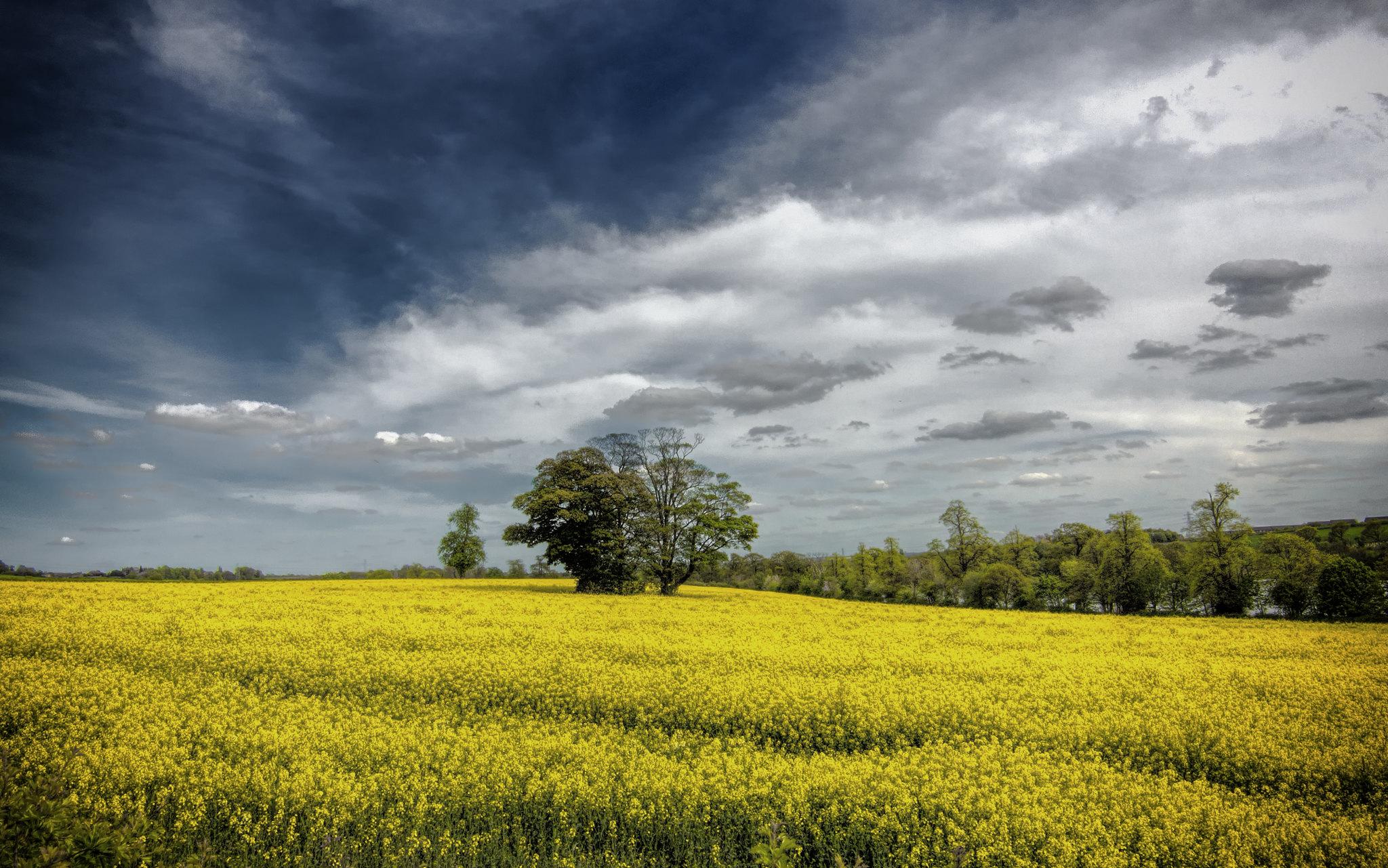
Five churches walk
Type : Walk
Distance : 10 mile circular walk
Time required : The walk will take about 6 hours with good stops at each church and has a couple of reasonable hills
Difficulty : 3/5
What to bring : Footwear with good grips, ideally boots with ankle support, are essential. Waterproof and warm clothing during the colder months are important too
Yorkshire
Discover the rural splendour of beautiful south Rotherham!
Stepping in the footsteps of centuries of walkers, visit picturesque villages and explore some of Rotherham’s finest church architecture. This route describes the clockwise route, starting at Todwick where there is a small car park. You can walk in either direction and start at any point. You can almost half the route by taking the path along the Chesterfield Canal.
This route passes through many varied habitats. Ash, oak, field maple, hawthorn, blackthorn, holly and dogwood trees can be found in the hedgerow along Walsaker Lane. Birds including jay, turtle dove, willow warbler, blackcap and even sparrowhawk live in Crow and Loscar Woods. Reedmace, reed sweet-grass and branched bur-reed grow along the banks of the Chesterfield Canal, and provide resting places for damsel and dragonflies.
As the path from Todwick bears left, there is an area rich in flowers on your right. These include meadowsweet, and square stemmed St John’s wort. Butterflies are also common, including green veined whites, small copper, small skipper and common blues.
Opening times may vary, please check individual church pages.
Find a link to the detailed route below.
Back to trails page

DarrenFlinders
The churches
A Saxon gem
Step back in time at this unique and beautiful village church of St Peter & St Paul, Todwick. The church was almost certainly built in Anglo Saxon times, during the early 11th century and this building forms the nave of the current church.
The porch has original carvings of a face and a scallop shell in the roof beams. The blocked Saxon devils door can be seen both inside and out. Inside are wonderful horse box pews, carvings in the roof beams, an impressive coat of arms of George III and some lovely stained glass, including fragments of medieval glass.
A rare effigy
There has been a place of worship here since at least 1171 and St James, Anston has survived the upheavals of civil war, poverty and sickness.
The lovely limestone church dates mostly from the 14th century and inside are many interesting features including a 14th century effigy of a father and his daughter. Some of the pillars between the nave and the aisles have holes in them (now filled in) which are thought to have been caused by musket balls during the Civil War of the 1640s.
A font for all seasons
At St Peter, Thorpe Salvin, the chancel, tower arches and massive pillars are all part of the original building, dating from around 1130.
The south doorway is elaborately decorated with carved capitals and, Norman round arches carved with ‘lozenge and chevron’. It is protected by a half timbered Tudor porch, a fine example of medieval craftsmanship.
Fantastico woodwork
At All Hallows, Harthill, the first church was built in 1085 of local Rotherham Red sandstone, by William the Conqueror’s son in law. It was enlarged in the 12th and 16th centuries, and restored in the 19th century.
Inside the church is splendid, with its wide aisles and finely carved Italian woodwork. The nave roof has some interesting bosses, including green men. Of particular note are the arcades carrying original battle axe carvings, the east window by Kempe, painted hatchments, memorials of the Osborne family and the tomb of the first Duke of Leeds.
Norman birds and humans
The original Norman church of St John the Baptist, Wales, was constructed during the reign of Henry I (d1135). The tower was constructed in the 15th century and in 1897 a new nave and south aisle were added. The original nave and chancel now form part of the Lady Chapel with a beautiful Norman chancel arch on which is a curious carved head.
The fantastic Norman south door, with alternate bird and human head carvings is 12th century. The Norman font stands at the entrance to the 15th century tower and has a modern carved cover.
The route
Feel the earth beneath your boots and the tarmac between your wheels on our lovely heritage trails exploring the best of South Yorkshire’s treasure houses of hidden heritage.
The gorgeous Five Churches Walk is included in a booklet which contains a wide variety of walks, rides and scenic drives. They are different lengths and over varied terrains. They visit a wide variety of heritage sites, and often explore the history of the whole area in which they are set. They all feature a well laid out and easy to follow route. They all visit churches!

HeritageInspired

SarahCrossland












